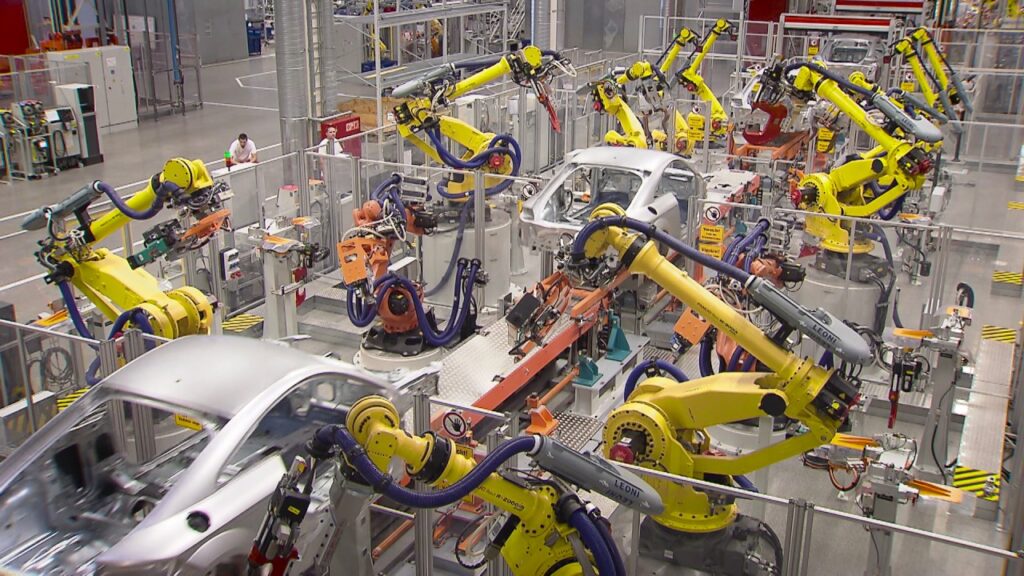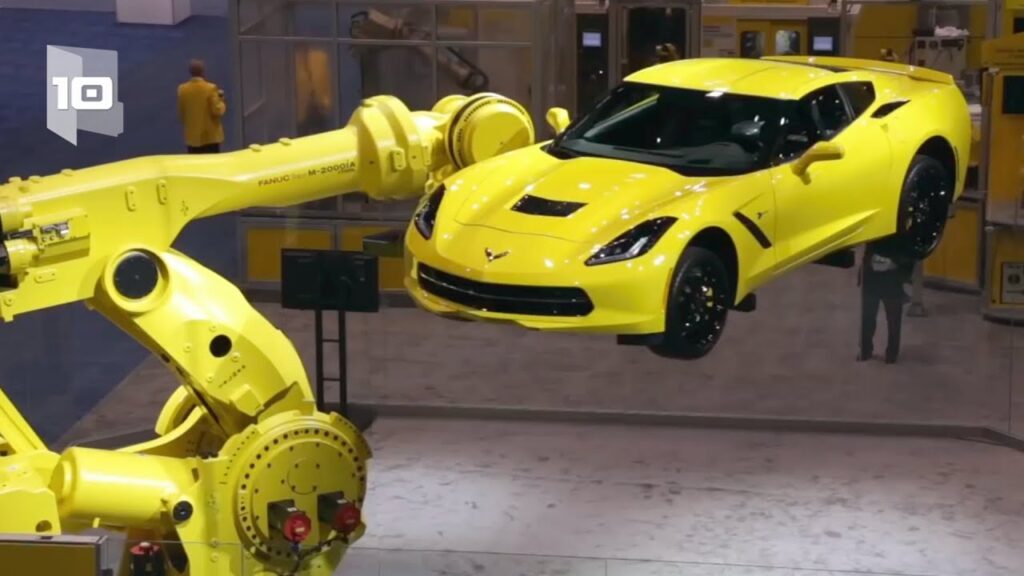Robotics is a fascinating field that has seen immense advancements in the recent years. The study of robot anatomy is crucial in understanding their design and functionality. Today, we will dive into the world of robot anatomy, specifically focusing on manipulator anatomy, robot configuration, and different types of industrial robots.
Manipulator anatomy is an integral part of understanding the structure and functioning of industrial robots. The manipulator is the part of the robot responsible for carrying out various tasks. It consists of different components, including the end-effector, wrist, arm, and shoulder. The end-effector is the tool or gripper attached to the robot that interacts with the objects it manipulates. The wrist is responsible for the rotation and movement of the end-effector, while the arm provides the necessary reach and flexibility. The shoulder acts as the base and allows the robot to move in multiple directions.
Robot configuration refers to the arrangement and orientation of the robot’s joints and links. There are various configurations used in industrial robots, each with its own advantages and applications. Some common types include the articulated robot, Cartesian robot, cylindrical robot, and delta robot.
– Articulated Robot: This configuration resembles a human arm with multiple joints and links connected together. It offers high flexibility and range of motion, making it suitable for tasks that require complex movements. Articulated robots are commonly used in assembly lines, welding, and material handling.
– Cartesian Robot: Also known as gantry robots, cartesian robots feature three linear joints that move along perpendicular axes. They provide precise and accurate movements, making them ideal for tasks that require precision, such as pick and place operations, packaging, and 3D printing.
– Cylindrical Robot: Cylindrical robots have a cylindrical-shaped workspace and a prismatic joint that allows for linear movement. They are well-suited for applications that require extended reach, such as machine loading and unloading, as well as arc welding.
– Delta Robot: Delta robots are known for their fast and precise movements. They consist of three parallel arms connected to a common base and are commonly used in tasks that require rapid pick and place operations, such as packaging and sorting.
Understanding the different robot configurations is essential for selecting the most suitable type for a particular application. Each configuration has its own strengths, and choosing the right one can greatly enhance productivity and efficiency in industrial settings.
In recent years, there has been a significant increase in the adoption of industrial robots across various industries. The benefits offered by these robots, such as increased productivity, improved precision, and reduced human error, have made them a valuable asset in the manufacturing sector.
The advancements in robot anatomy and configuration have played a crucial role in the rapid growth of robotics. Researchers and engineers are continuously working on developing robots that are more versatile, intelligent, and capable of performing complex tasks.
As we look into the future, the integration of robotics and artificial intelligence is expected to revolutionize industrial automation even further. Robots with advanced perception and decision-making abilities will be able to adapt to changing environments and work alongside humans more seamlessly.
In conclusion, studying robot anatomy, including manipulator anatomy and robot configuration, is vital in understanding the design and functioning of industrial robots. The different types of industrial robots, such as articulated, Cartesian, cylindrical, and delta robots, each offer unique advantages and are suited for different applications. With continued advancements in robotics and artificial intelligence, the future holds great promise for the field, paving the way for even more sophisticated and capable robots.
Industrial Robot
“Exploring Robot Anatomy: From Manipulator Anatomy to Types of Industrial Robots in Robotics”


